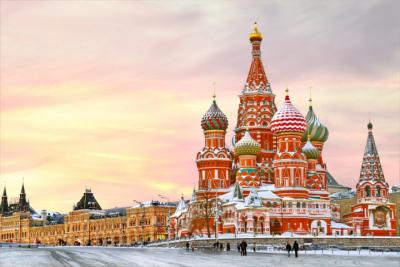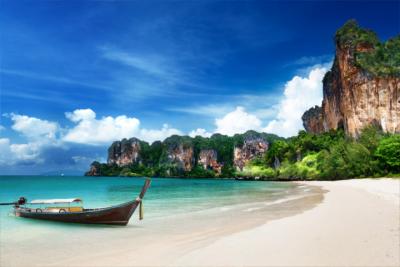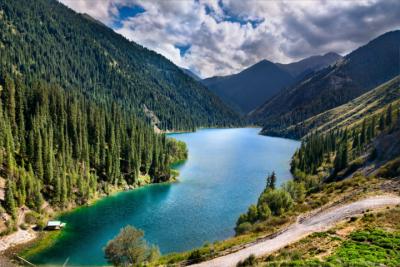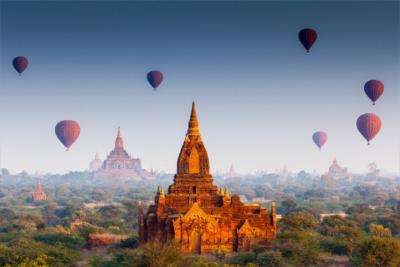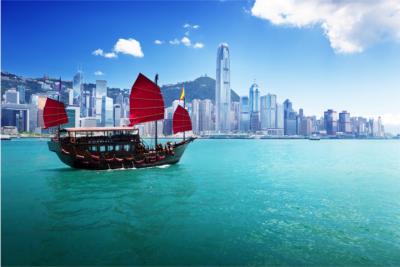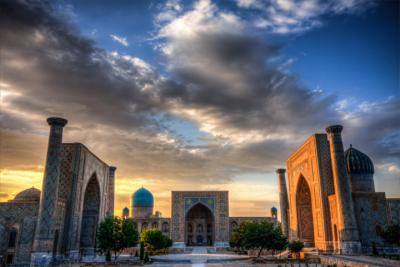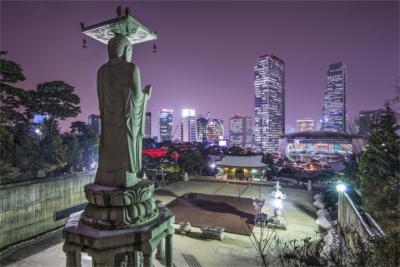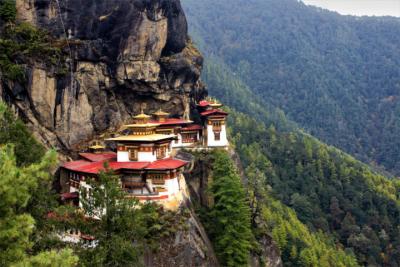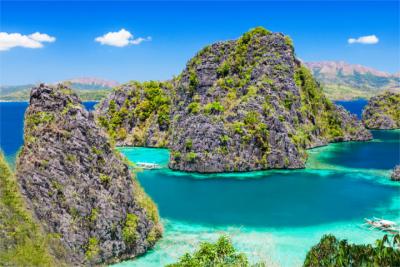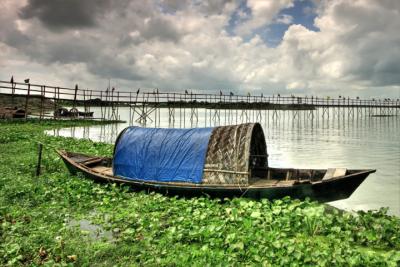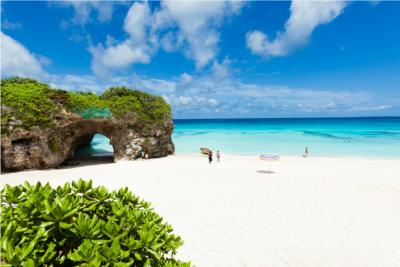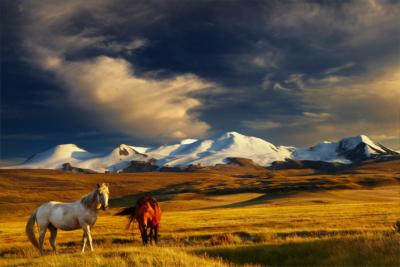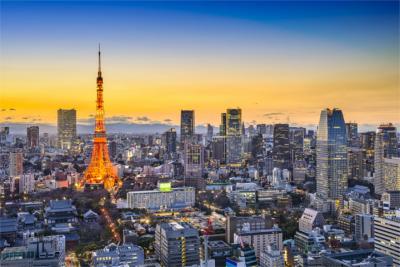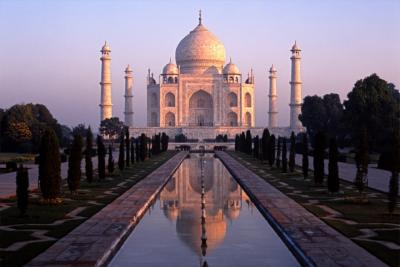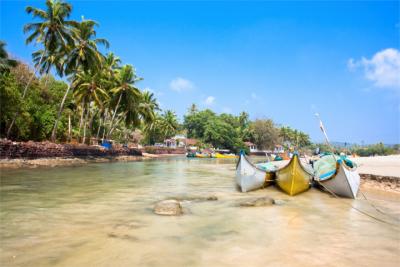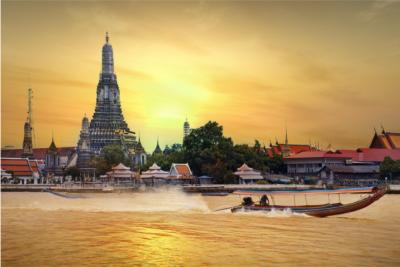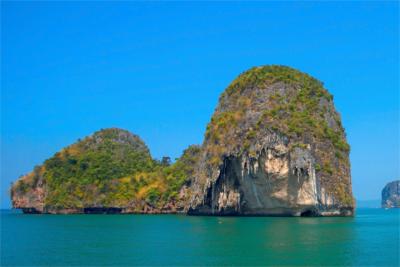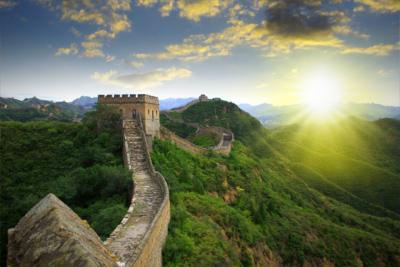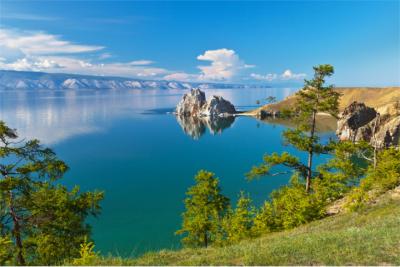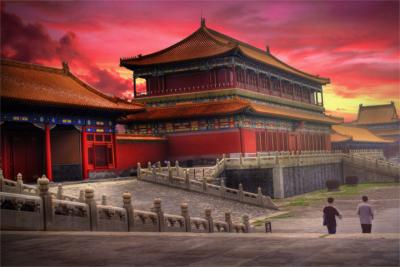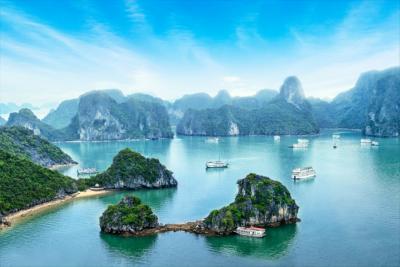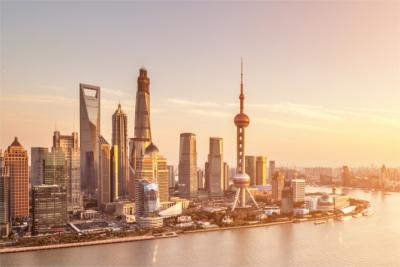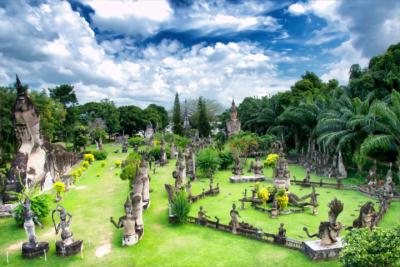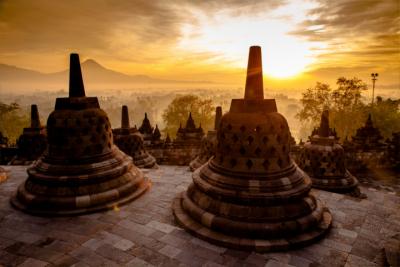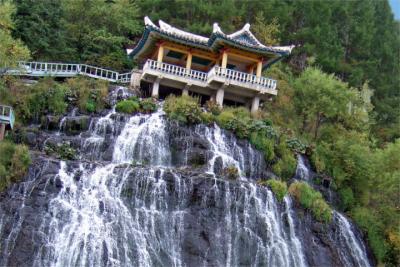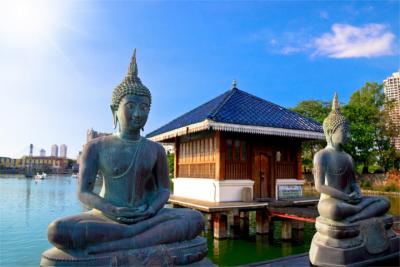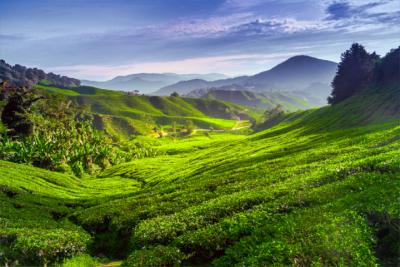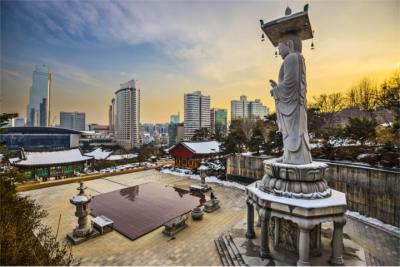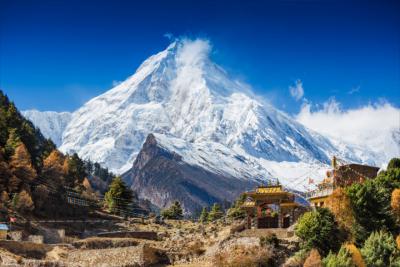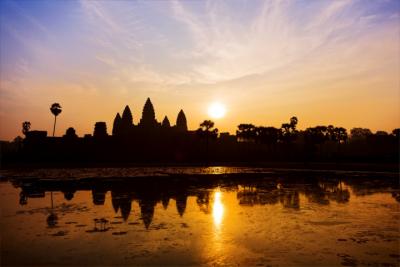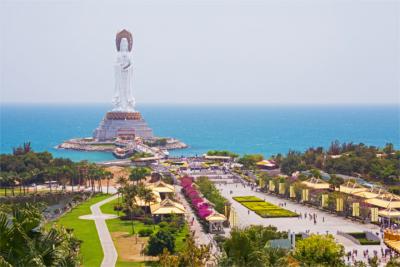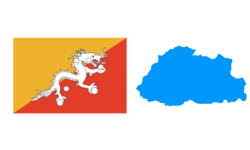Travel Offers
Travelmyne Featureprint
Distance
Bhutan – The Hidden Kingdom in the Himalayas
Hidden in the Himalayas you find the ancient Kingdom of Bhutan. Little is known about the mysterious country but it accommodates unique sights with its rich Buddhist treasures and an unbelievably diverse nature.
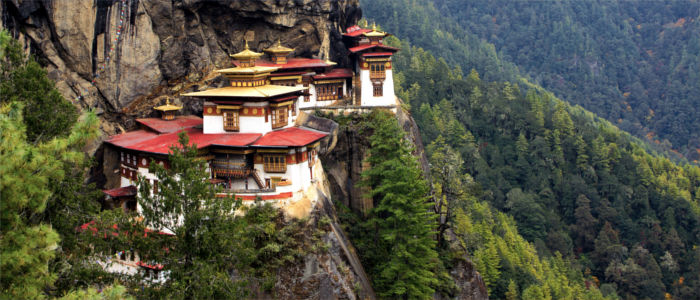
Geography - A land of the mountains
The Kingdom of Bhutan, the "Land of the Thunder Dragon", is a South Asian inland state. It borders on India and China. Bhutan is a land of the mountains, which lies in the Himalayas for the most part. While the valleys are dominated by temperate to tropical climate with pleasantly warm temperatures, especially in summer, the weather in the mountains is characterised by cold winters and cool summers.

Nature - From the jungle into the harsh mountain world
The country's south is crossed by a narrow, flat strip of land which belongs to the Ganges Delta. It holds fertile plains with wild, thick jungles, which are home to tigers, leopards, elephants and monitor lizards. The region is followed by mountains of a medium height of about 3,000 metres. These milder areas are covered in vast, lush forests, which are populated by wolves, bears, takins and musk deer. The north of the country is characterised by the mighty mountains of the Himalayas with their harsh, rugged rocks. Only a small number of hardy plants and animals live there and higher up you find nothing but ice and snow.

Natural sights - Royal Manas und Jigme Dorji provide great natural insights
Travellers can experience the diversity of the Asian jungle in the Royal Manas National Park in the country's south-west. White rhinoceroses, leopards, elephants and tigers are part of its attractions. The Jigme Dorji National Park, on the other hand, provides an insight into Buthan's mountain world with its peaks which reach of about 7,000 metres of height, the steppes and the vast grassy landscape. This protected area is populated by snow leopards, tigers, small pandas and Himalayan blue sheep. You can also experience Bhutan's natural beauty in the Phobjikha Valley, the valley of the cranes, and its fertile landscape which is home to black-necked cranes and yaks. The Burning Lake near Jakar is significant with regard to both landscape and religion. The name of this body of water, which is actually a river, is based on a legend according to which a saint once saw a temple at its bottom. The mountain Gangkhar Puensum (7,570 m) fascinates mountaineers as it is the world's highest mountain which has not been climbed yet and offers great conditions for demanding tours.

Culture - A kingdom since the 17th century
The country's native inhabitants were conquered by Tibetans in the 9th century, which resulted in a rapid spread of the Buddhism. In the 17 century the individual principalities first united to form the independent state of Buthan. During a conflict, which lasted 100 years, the United Kingdom repeatedly tried to gain influence in the country but in 1910, it acknowledged its independence. Today Bhutan has a democratic monarchy, in which an heir to the throne as well as a parliament decide about national affairs. Many inhabitants have Indian, Nepali or Tibetan roots. Buddhism and Hinduism still play a major role in the rural life of the population as the two official religions. They are expressed in the country's distinctive buildings, for example, which are constructed that way to embody harmony and strength.

Cultural sights - Unique cultural treasures in Thimpu, Paro und Taktshang
Thimpu only became urban after it was appointed capital in 1961. Although vehicles and modern buildings increasingly characterise the city, you can still perceive its rural atmosphere. Elaborately decorated wooden houses dominate the picture. There is a wide, excitingly colourful bazaar street and a weekly market, which you should have seen. The magnificent monastery Tashi Chho Dzong in the north of the city is the royal seat. The Clock Tower Square, the city's landmark, is surrounded by more modern buildings. There are more fantastic sights such as the fortress-monastery Rinpung Dzong and the watchtower Ta Dzong in the town Paro. The monastery Taktshang ("Tiger's nest") north of the city, which was built against a steep rock face 700 metres above the Paro Valley, is also worth seeing. You find many beautiful monasteries and temples embedded into a wonderful landscape in the valleys of Jakar. The east of the country, in which you can watch traditional art handicraft and visit the impressive fortress Trashigang Dzong, was only recently opened for tourists.

Experience - Having a try at the national sport archery
Cheese chilli stew with red rice is Bhutan's national dish. The people generally have rice and yak's-milk cheese with most meals. The red types of chilli are put on the roofs of houses to dry all over the country. Popular drinks are butter tea and the rice liqueur ara. Art handicraft rates high in Bhutan and you find local goods like colourful hand-woven fabrics, jewellery, wood carvings, dance masks or tea cups, especially on the markets on Sundays. Travellers who want to learn about the inhabitants' nature should take part in archery, which is a national sport and a ritual at the same time. You can watch the archers in Thimphu – or reach for bow and arrow yourself. Religious celebrations are another important part of Bhutan's culture. Especially the colourful, exuberant dances with their masked performers provide a fascinating insight into the country's way of living and the monasteries' culture. In Thimphu, you can also visit the open-air theatre.

Activities - First-rate trekking tours
The variety of trekking tours offer a great way of starting to explore Bhutan's fascinating mountain world. You hike up the mountains on foot, accompanied by horses and yaks as luggage carriers. Horseback rides through the country's unspoiled nature are also possible. The mountains offer great conditions for climbing. Travellers who want to gain an insight into the way of living in Bhutan can take part in a cultural tour through the mountain villages and watch the traditional paper production, for example.

Information
If you take a plane from one of the neighbouring countries, you can arrive at the airport in Paro (PBH). The capital Thimphu can be reached by helicopter. Otherwise, taxis and buses are suitable means of transport for exploring the country. The official language is Dzongkha. You need a permission for entering the country. and often only group tours are permitted.
Bhutan is an insider tip for a travel destination. Since the country has not yet undergone a tourism boom, visitors can explore it in its nativeness. For the same reason, Bhutan is a great destination for those who want to experience cultural treasures and breathtaking nature far away from the masses.

